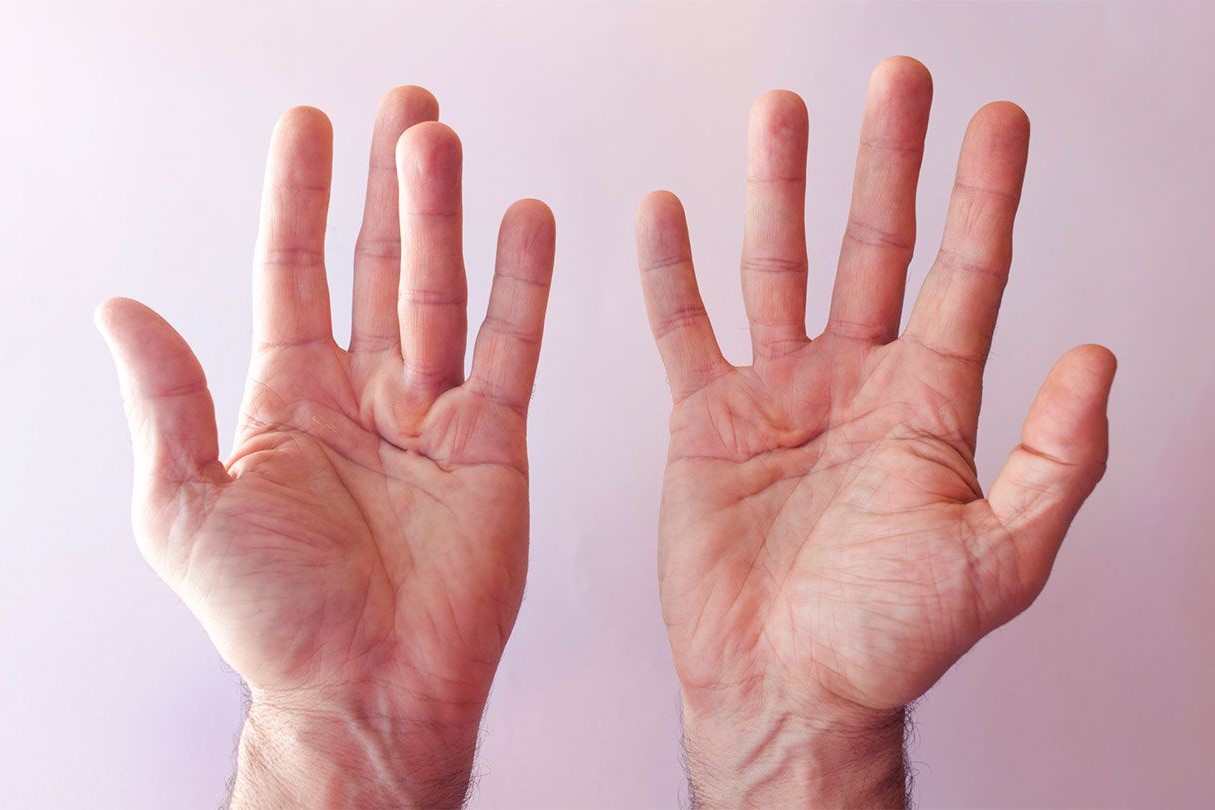
Dupuytren Contracture is a hand condition where fingers become permanently bent in a flexed position. This happens because the tissue under the skin of the palm thickens and tightens over time. Named after the French surgeon Baron Guillaume Dupuytren, who first described it in the 19th century, this condition can make everyday tasks challenging. It often affects the ring and little fingers, making it hard to grasp objects or shake hands. While the exact cause remains unknown, factors like genetics, age, and certain medical conditions can increase the risk. Treatment options range from physical therapy to surgery, depending on the severity. Understanding this condition can help manage its impact on daily life.
Key Takeaways:
- Dupuytren Contracture is a hand condition that causes fingers to bend permanently. It's more common in men over 50 and can make simple tasks like buttoning a shirt challenging.
- Treatment options range from stretching exercises to surgical interventions, but recurrence is possible. The condition can impact daily activities and quality of life, affecting grip strength and hand movement.
What is Dupuytren Contracture?
Dupuytren Contracture is a hand condition that affects the connective tissue under the skin of the palm. This condition can cause the fingers to become permanently bent in a flexed position. Let's dive into some fascinating facts about Dupuytren Contracture.
- Named after French surgeon Baron Guillaume Dupuytren, who first described it in 1831.
- Often referred to as "Viking disease" due to its prevalence in people of Northern European descent.
- More common in men than women, particularly those over 50.
- The ring and little fingers are most commonly affected.
- The exact cause remains unknown, though genetics play a significant role.
- Smoking and alcohol consumption can increase the risk.
- Diabetes is another risk factor associated with the condition.
- The condition progresses slowly over years.
- Early signs include lumps or pits in the palm.
- Not typically painful, but can cause discomfort.
Symptoms and Diagnosis
Understanding the symptoms and how Dupuytren Contracture is diagnosed can help in early detection and management.
- Nodules in the palm are often the first sign.
- These nodules can thicken and contract over time.
- The skin may appear dimpled or puckered.
- Finger movement becomes restricted as the condition progresses.
- A "tabletop test" is commonly used for diagnosis. If you can't lay your hand flat on a table, it might be Dupuytren Contracture.
- Ultrasound imaging can help in assessing the severity.
- MRI scans are rarely needed but can provide detailed images.
- Blood tests are not used for diagnosis.
- Family history is often considered during diagnosis.
- Physical examination by a specialist is crucial for accurate diagnosis.
Treatment Options
There are various treatment options available, ranging from non-invasive methods to surgical interventions.
- Stretching exercises can help maintain finger mobility.
- Splinting is sometimes used to slow progression.
- Steroid injections can reduce inflammation and pain.
- Collagenase injections break down the thickened tissue.
- Needle aponeurotomy is a minimally invasive procedure.
- Fasciectomy involves removing the affected tissue surgically.
- Dermofasciectomy includes skin grafting along with tissue removal.
- Radiation therapy is an option for early-stage Dupuytren Contracture.
- Physical therapy is often recommended post-surgery.
- Recurrence is possible even after treatment.
Impact on Daily Life
Dupuytren Contracture can significantly affect daily activities and quality of life.
- Simple tasks like buttoning a shirt can become challenging.
- Grip strength may be reduced.
- Typing on a keyboard can be difficult.
- Holding objects like a cup or a pen becomes problematic.
- Driving can be affected due to limited hand movement.
- Playing musical instruments may no longer be possible.
- Sports activities requiring hand use can be restricted.
- Psychological impact includes frustration and anxiety.
- Social interactions might be affected due to visible hand deformity.
- Occupational therapy can help adapt daily activities.
Research and Future Directions
Ongoing research aims to better understand and treat Dupuytren Contracture.
- Genetic studies are exploring the hereditary aspects.
- New drug therapies are being tested in clinical trials.
- Advances in surgical techniques are improving outcomes.
- Stem cell research holds potential for future treatments.
- Biomechanical studies are helping to understand finger movement.
- Patient registries are being developed for better data collection.
- International collaborations are enhancing research efforts.
- Public awareness campaigns are increasing understanding of the condition.
- Support groups and online communities provide valuable resources.
- Future treatments may focus on preventing the condition altogether.
Final Thoughts on Dupuytren Contracture
Dupuytren Contracture affects many people, often without them realizing what's happening. Knowing the symptoms and treatment options can make a big difference. Early detection helps manage the condition better. Treatments range from non-surgical methods like physical therapy to surgical interventions for severe cases.
Understanding the risk factors such as genetics and lifestyle choices can also aid in prevention. If you notice any signs, consult a healthcare professional. Staying informed empowers you to take control of your health.
Remember, while Dupuytren Contracture can be challenging, it's manageable with the right approach. Share this knowledge with others who might benefit. Awareness is the first step toward better health. Stay proactive, stay informed, and take care of your hands.
Frequently Asked Questions
Was this page helpful?
Our commitment to delivering trustworthy and engaging content is at the heart of what we do. Each fact on our site is contributed by real users like you, bringing a wealth of diverse insights and information. To ensure the highest standards of accuracy and reliability, our dedicated editors meticulously review each submission. This process guarantees that the facts we share are not only fascinating but also credible. Trust in our commitment to quality and authenticity as you explore and learn with us.
